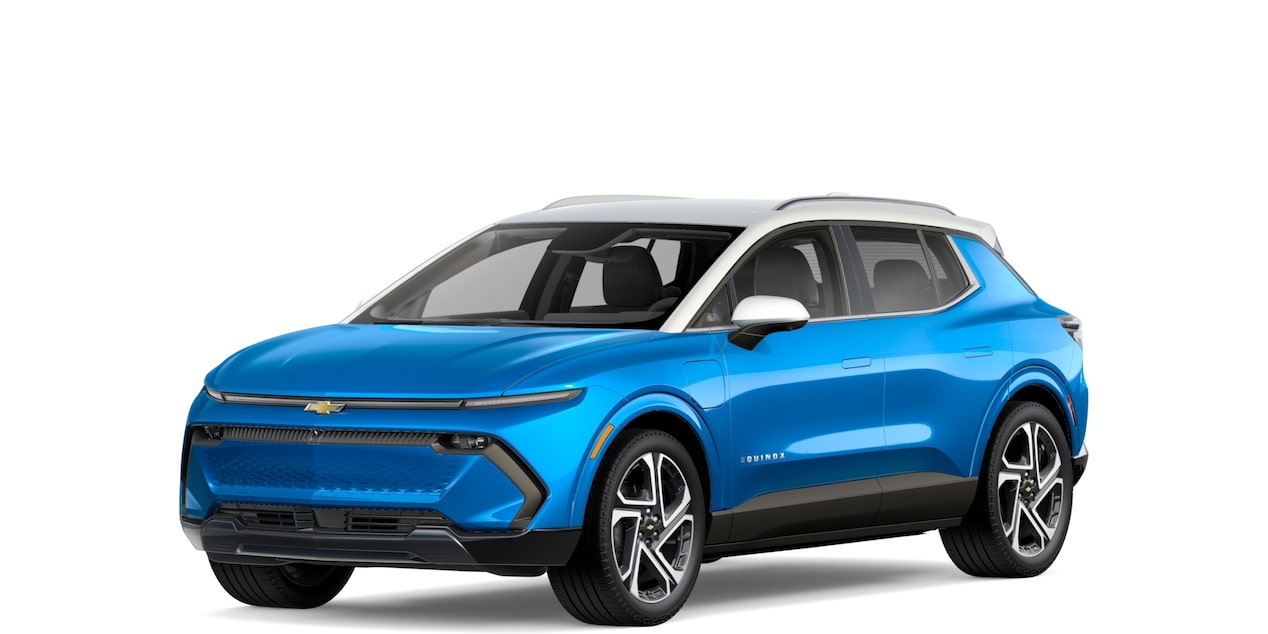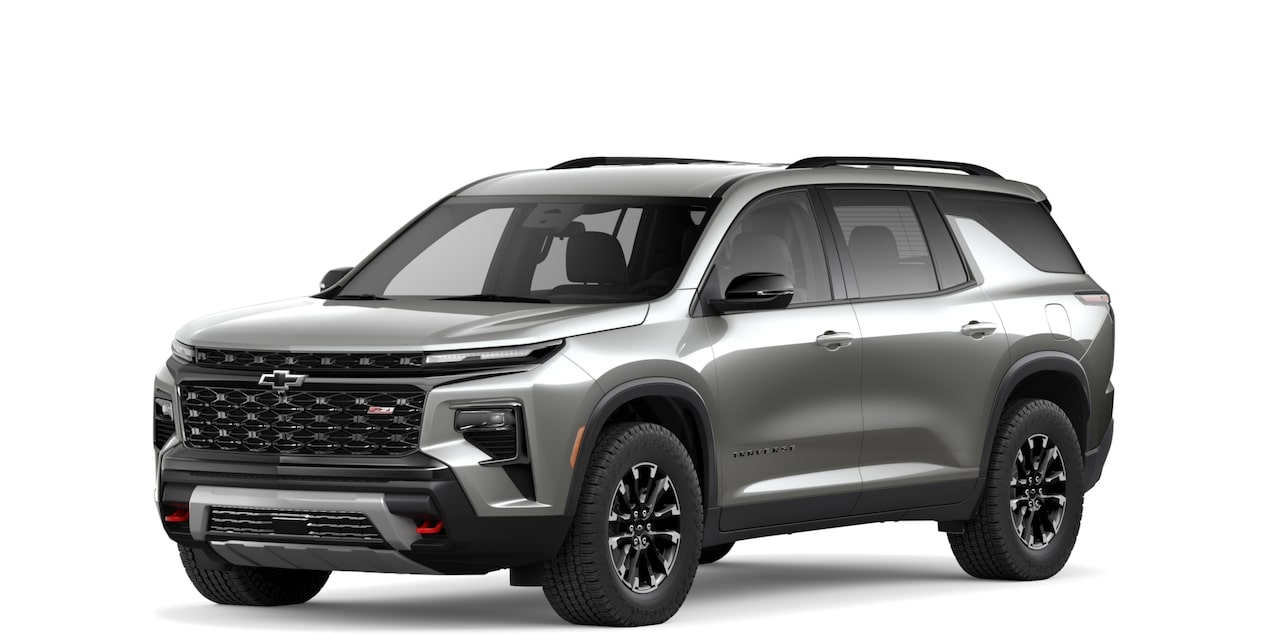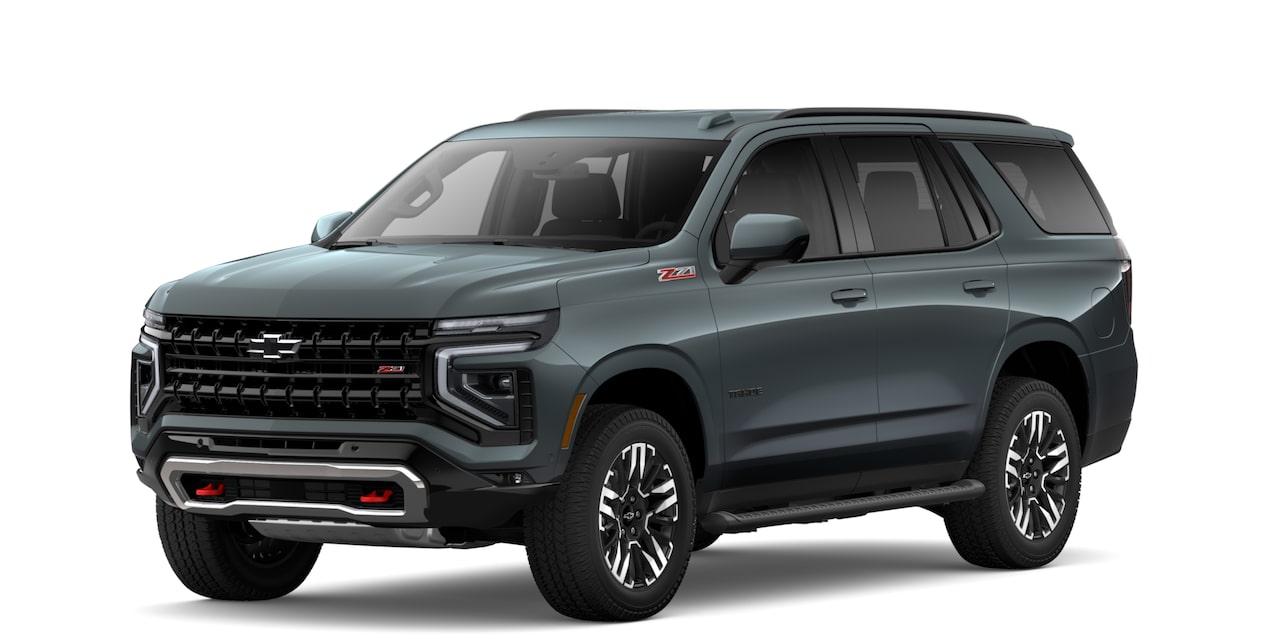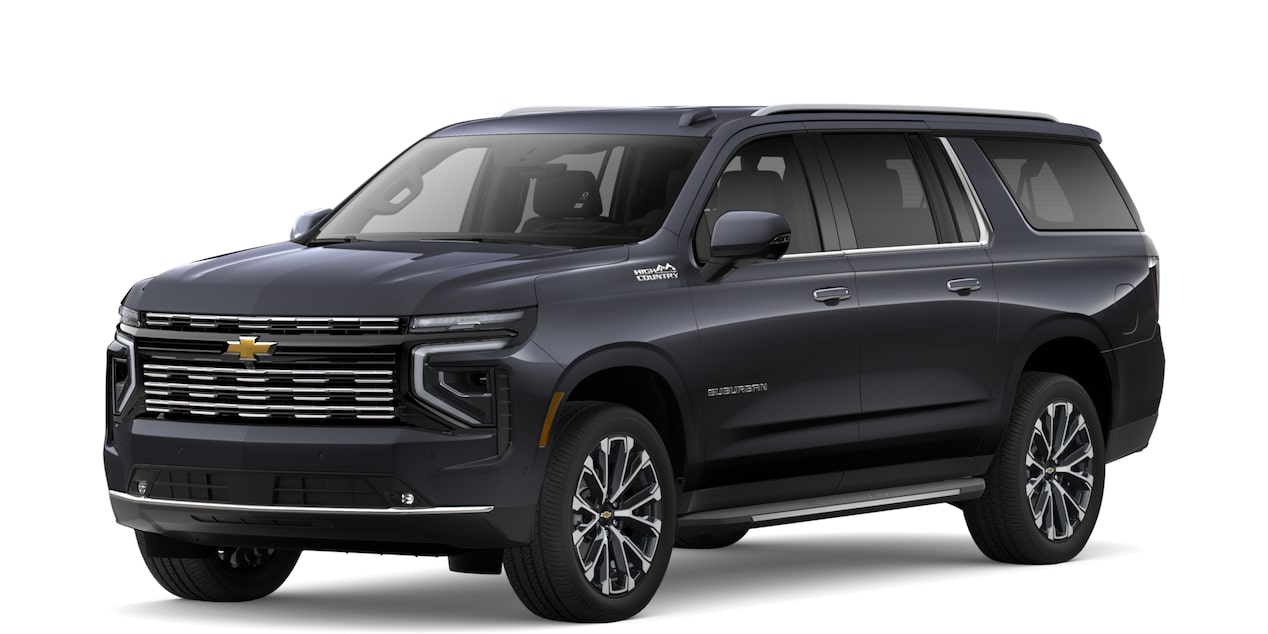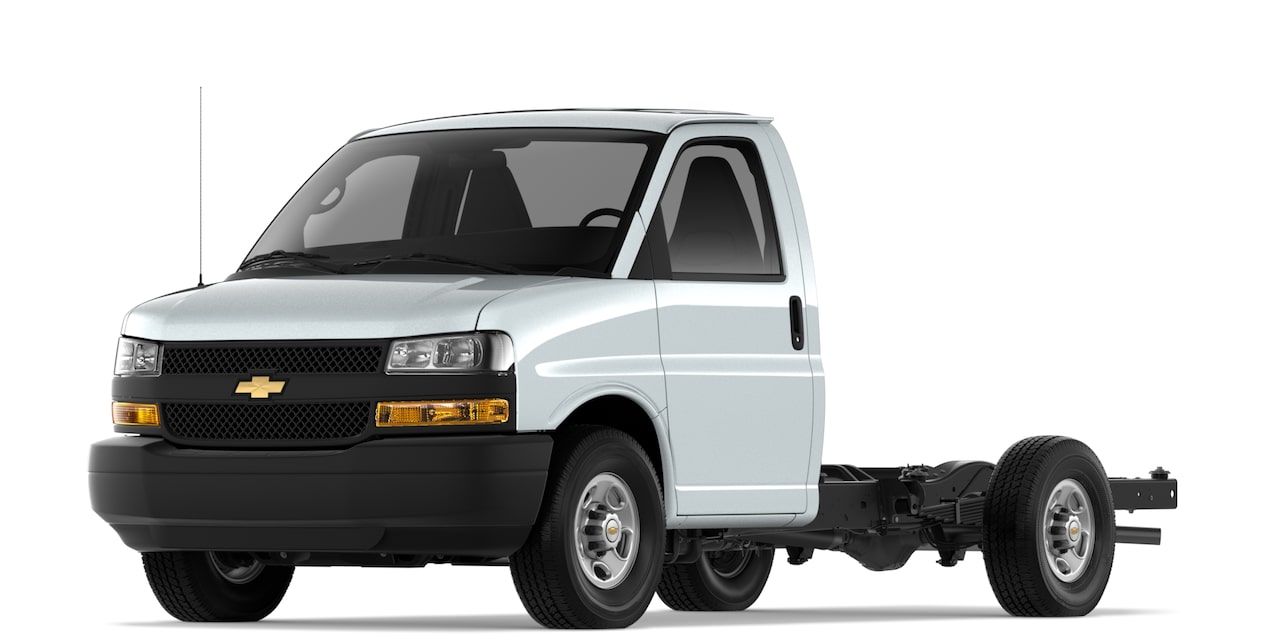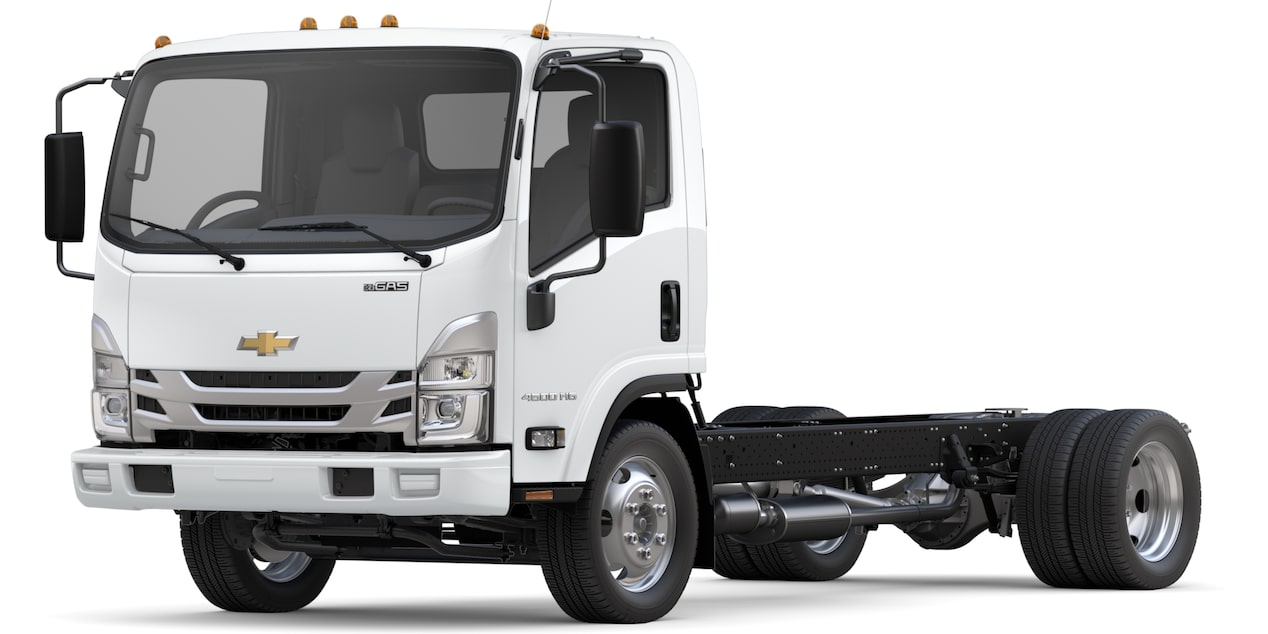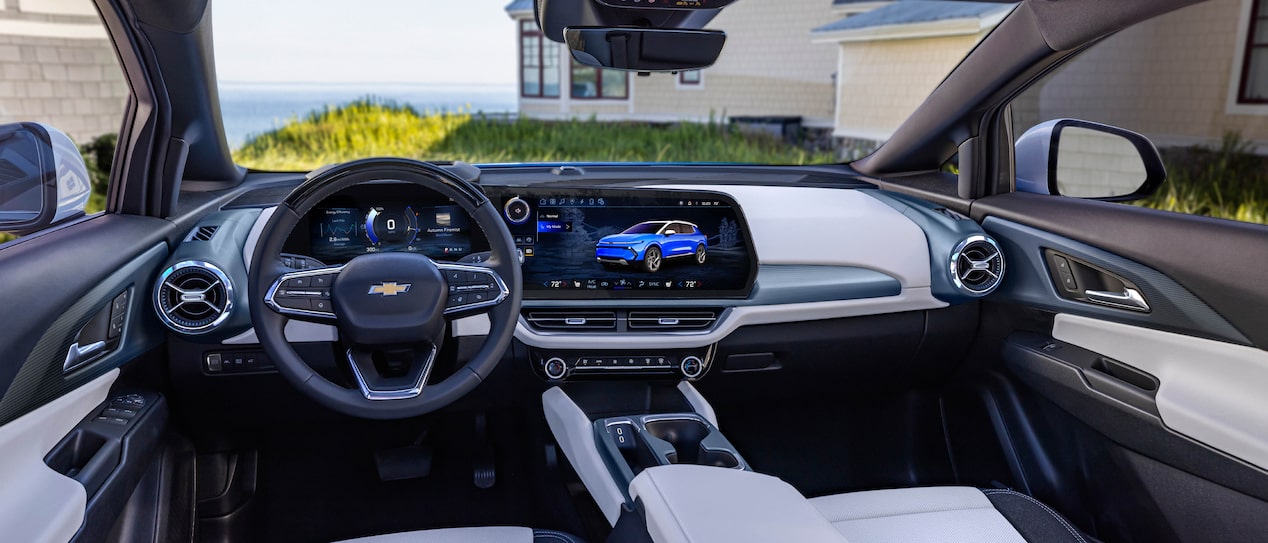
2023-3-14 | New Roads Magazine
Capturing EV energy one breath at a time
In electric vehicles, every single energy-carrying molecule is important, so GM engineers found ways to capture heat in surprising ways.
Each time we exhale, energy is released — even if that’s not often how we think about breathing.
When the windows fog, for example, that’s mostly just annoying. But it’s also a symptom of excess humidity (energy) in the car. Engineers at General Motors recognize that energy for what it really is: an opportunity. Each exhaled breath could represent some of the energy in and around Ultium-powered vehicles that can be captured and redeployed using the Ultium Energy Recovery system. It might sound like magic, but only because that’s sometimes what science sounds like.
“It’s really moving energy around the vehicle, and what Ultium Energy Recovery does is bring all of this together in one system,” says Lawrence Ziehr, the Ultium Energy Recovery program manager. “That enables us to move energy from one system to another, like from the propulsion system to the cabin system.”
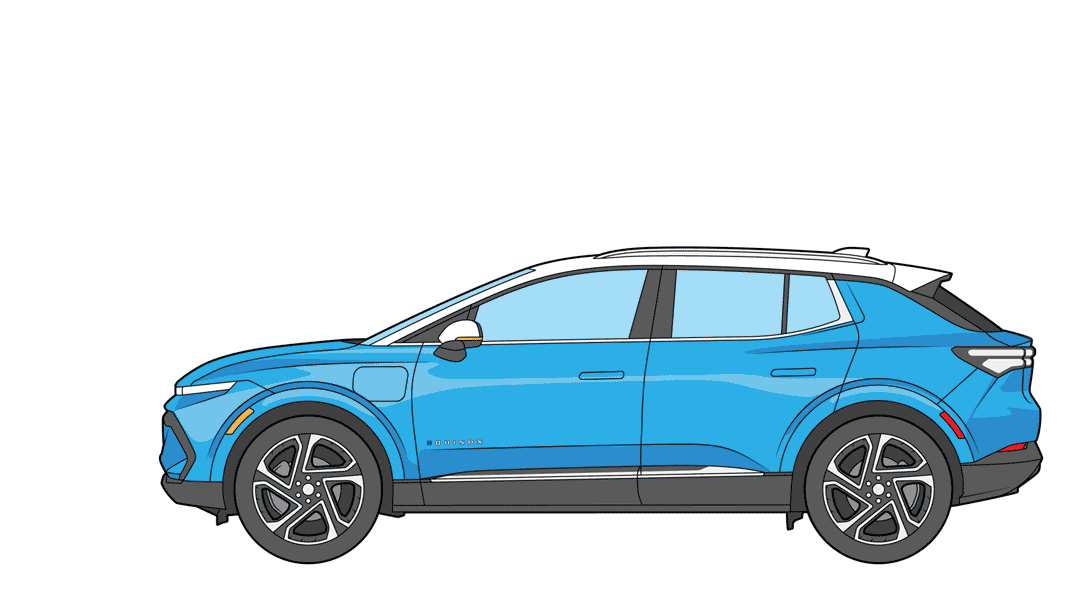
Capturing energy
Heat is given off by various components in the car — the braking system, the inverter, the motors, and so on — and the Ultium Energy Recovery system captures that heat and turns it into usable energy.
Ultimately, moving the energy from one system to another reduces the power drawn from the batteries in Chevy’s upcoming electric vehicles.
The energy the system captures, Ziehr says, comes in two forms: heat and humidity. The Ultium Energy Recovery system captures both forms and then converts them into usable energy.
Occupants of the vehicle can be one source as they breathe and give off body heat. But heat is also emitted by the motors, the battery pack, and the charging port, among other points. Ultium Energy Recovery is designed to harness all of that.
“When we have motors connected to wheels, we’re able to actually run the braking of the vehicle through the motors and regenerate that energy,” Ziehr says, succinctly describing regenerative
The energy is captured by transporting the warm and humid air to the evaporator, which is part of the air conditioning system. When the air hits the evaporator, it condenses and turns the refrigerant in the evaporator into a gas, effectively transferring some of the energy to the refrigerant.
“
It’s really moving energy around the vehicles, and what Ultium Energy Recovery does is bring all of this together in one system.
— Lawrence Ziehr
”
From there, the gaseous refrigerant — now full of energy — is transferred to the heat pump, which can then deploy the energy where it’s needed. If the cabin of the car needs to be heated, the heating condenser can be used to turn the energy into heat, sending warm air into the car.
Energy captured by Ultium Energy Recovery can also be used to heat the battery, reducing the electrical energy pulled from it. And it all happens in the background, helping you get the most of every mile in your Ultium-powered Chevrolet.
Story: Colin Beresford / Illustration and animation: Chris Philpot






